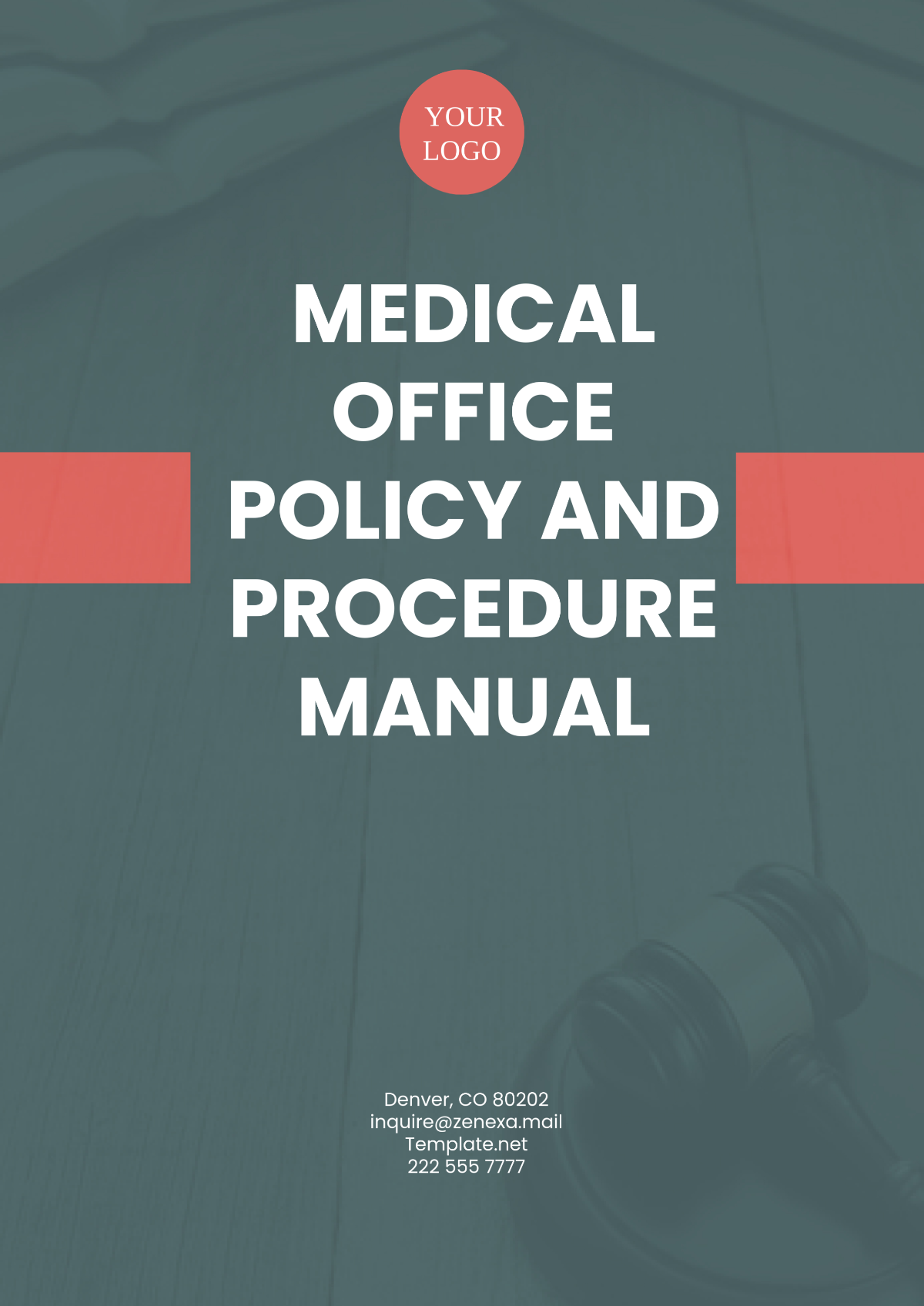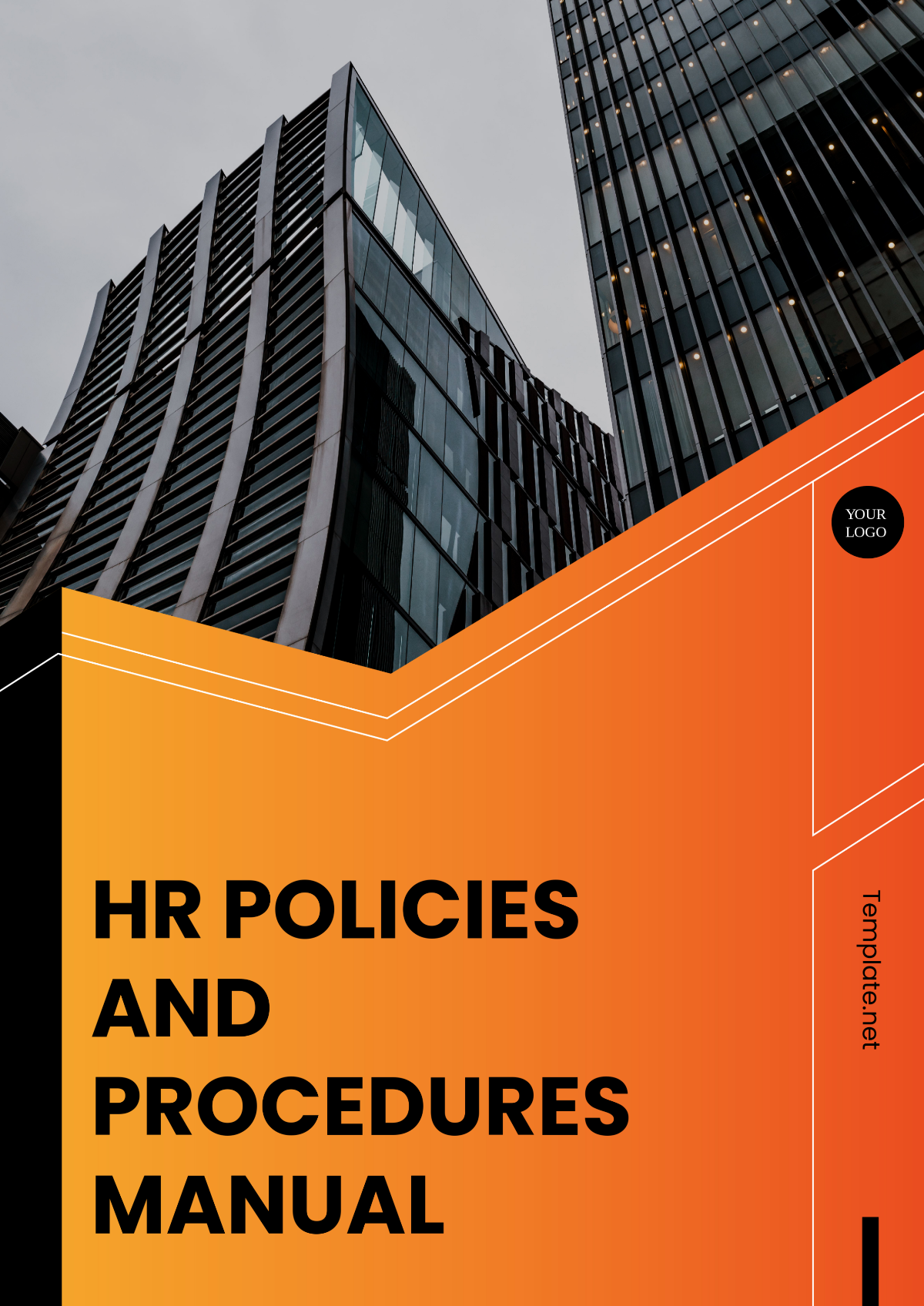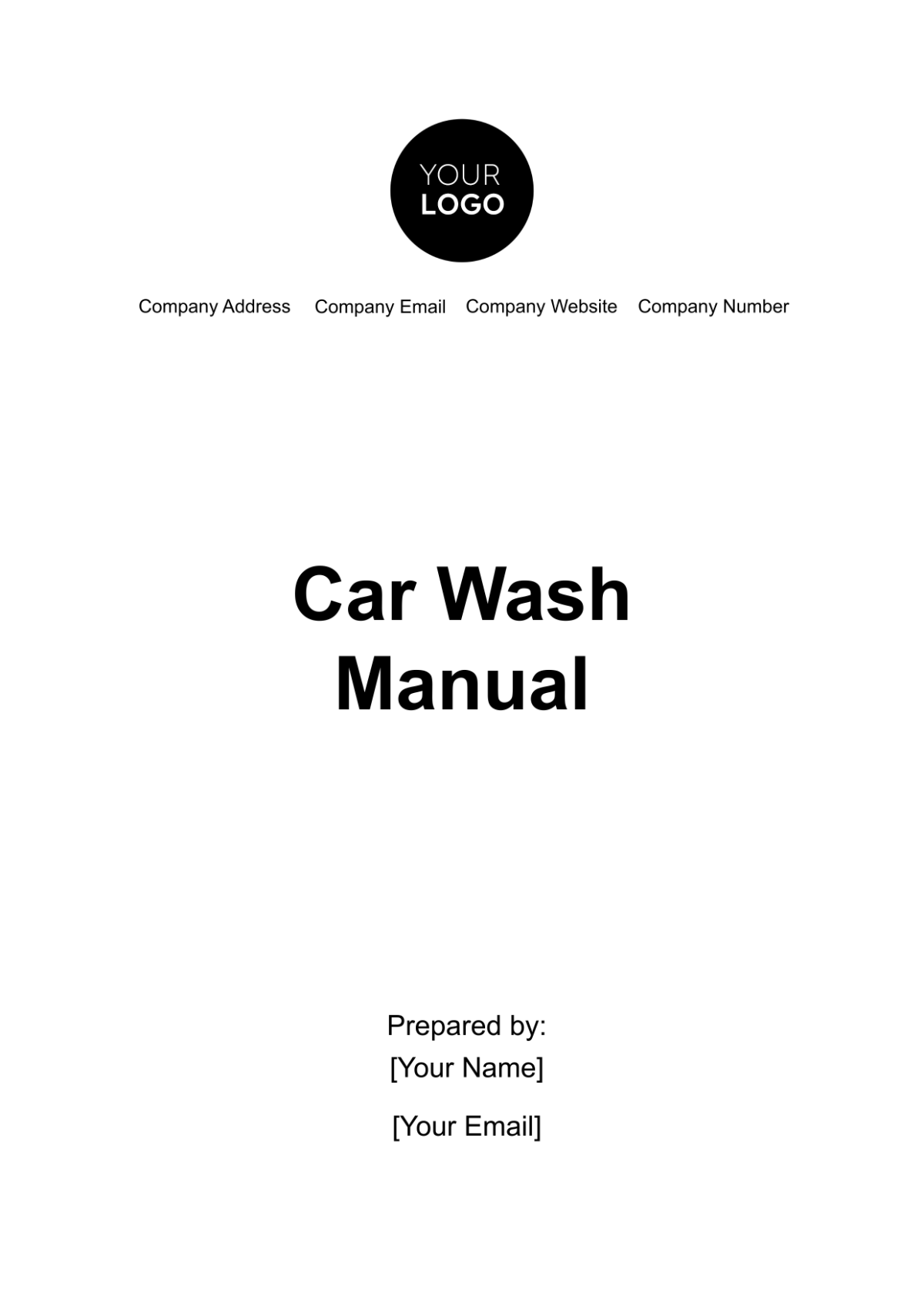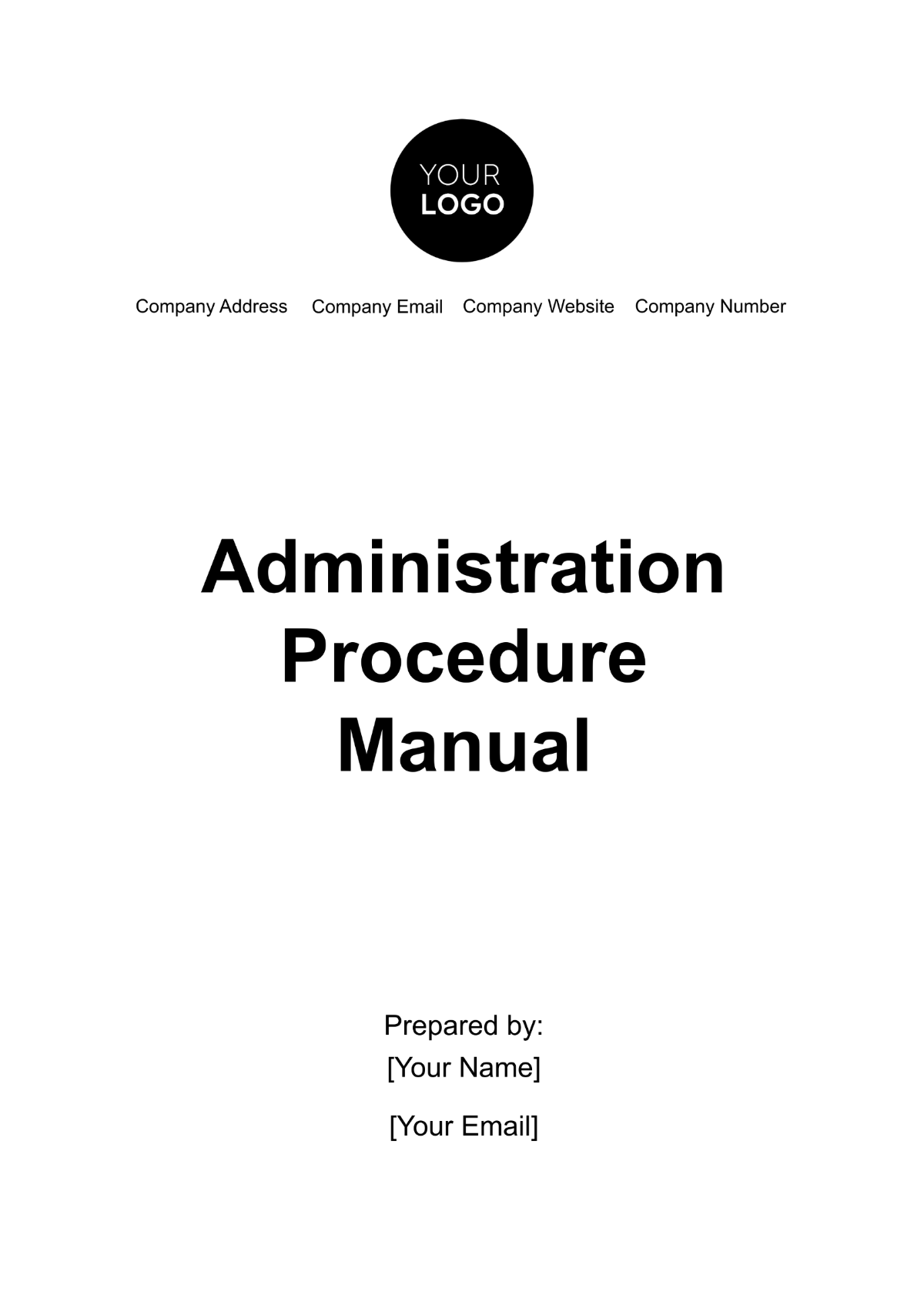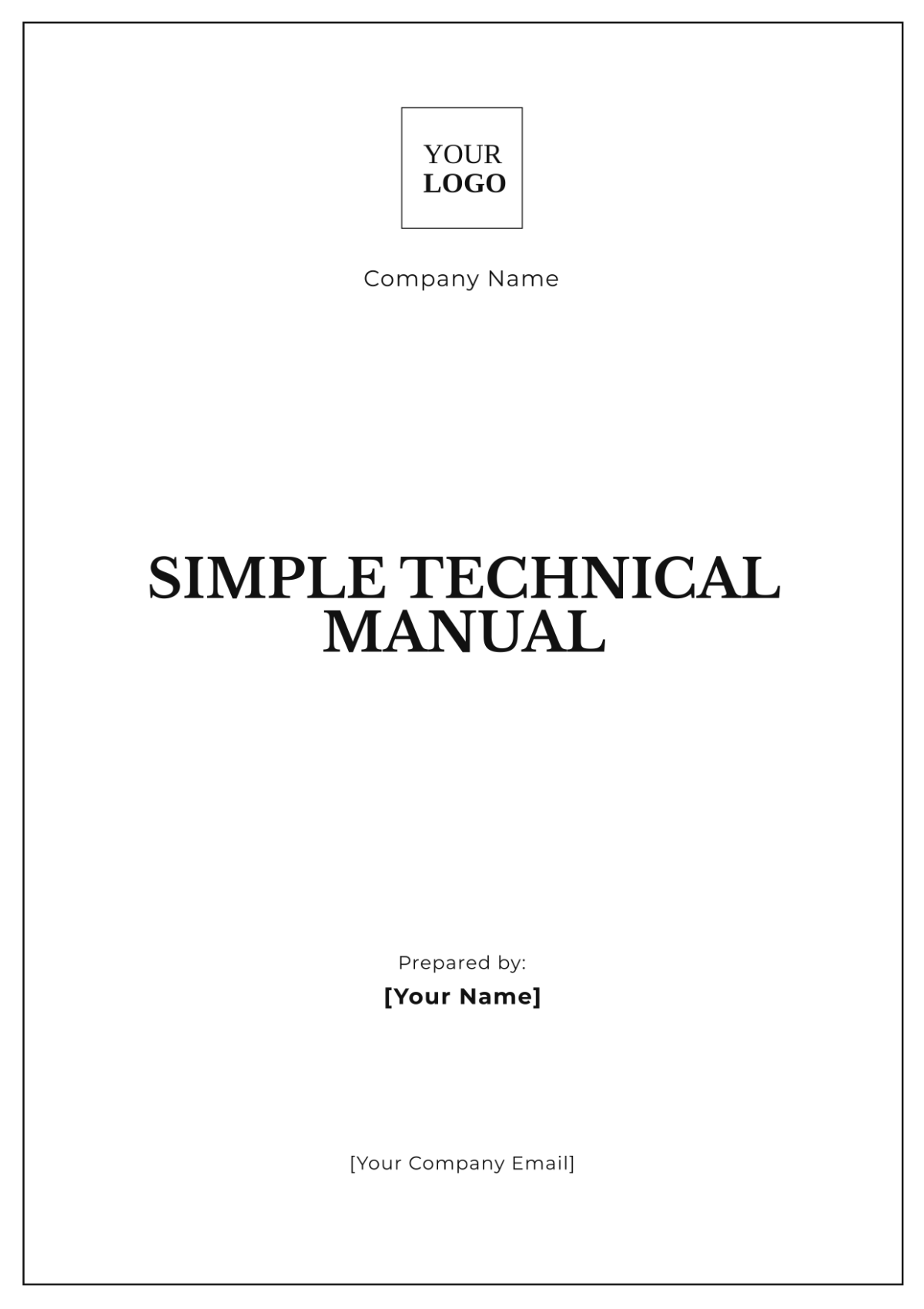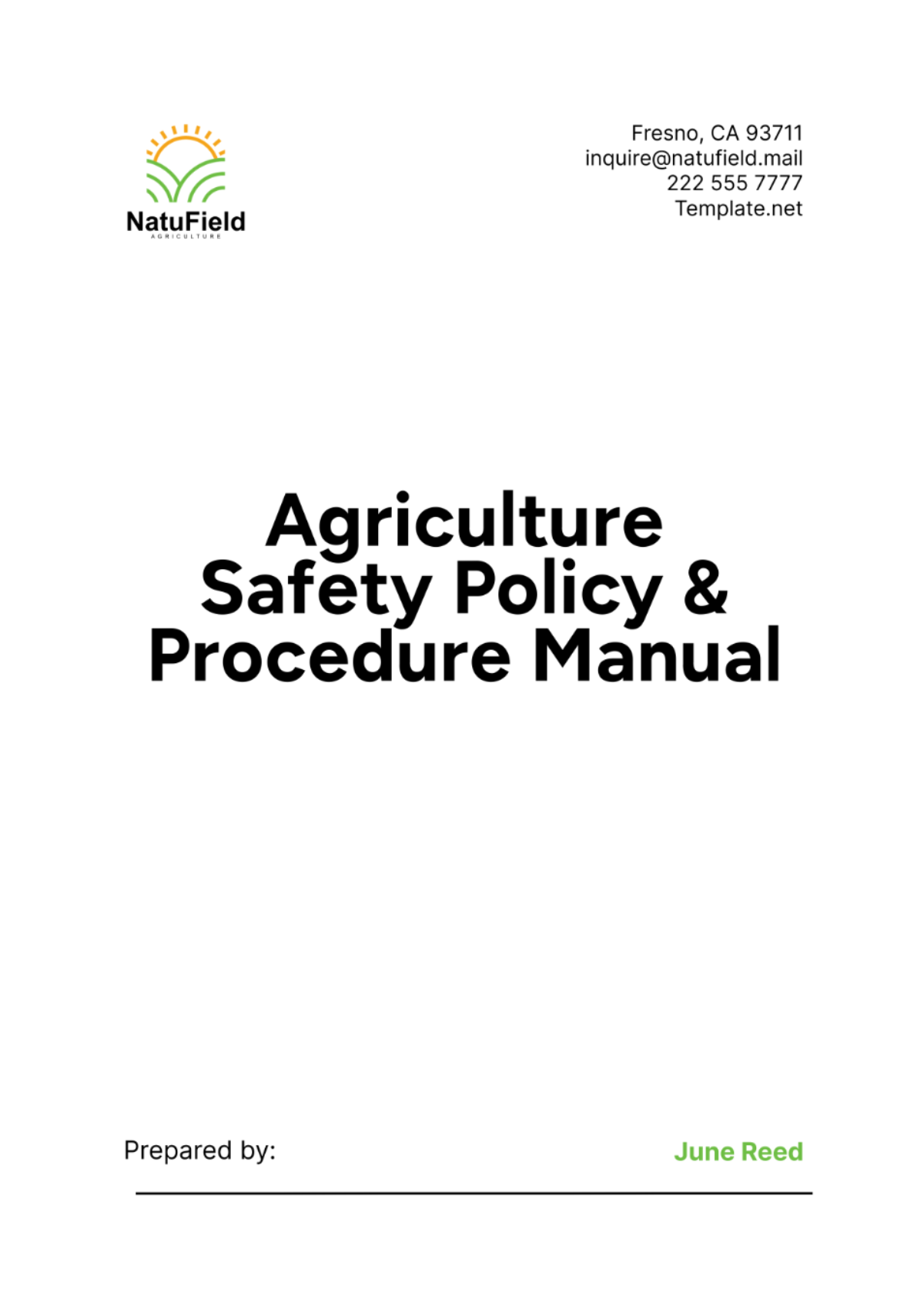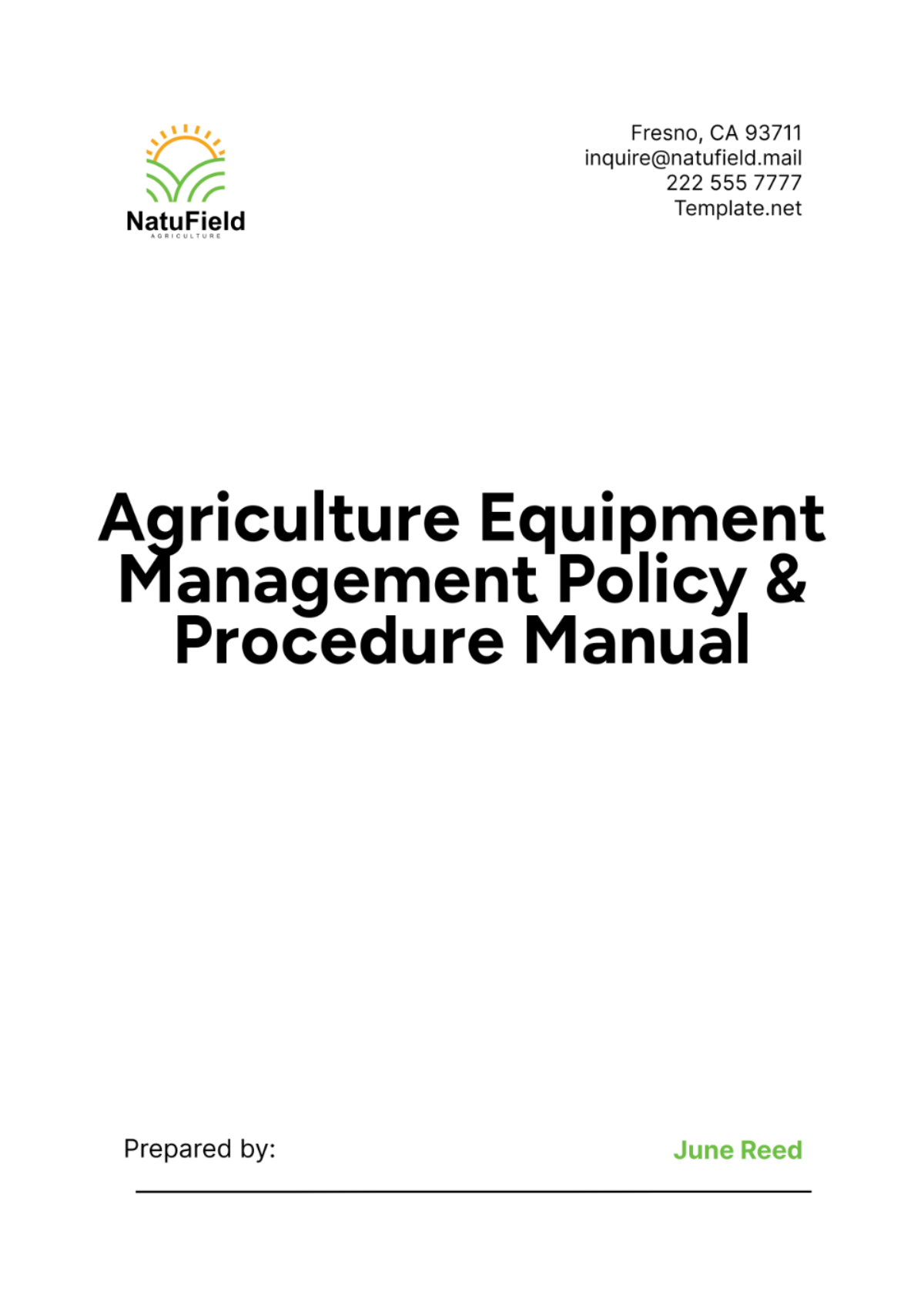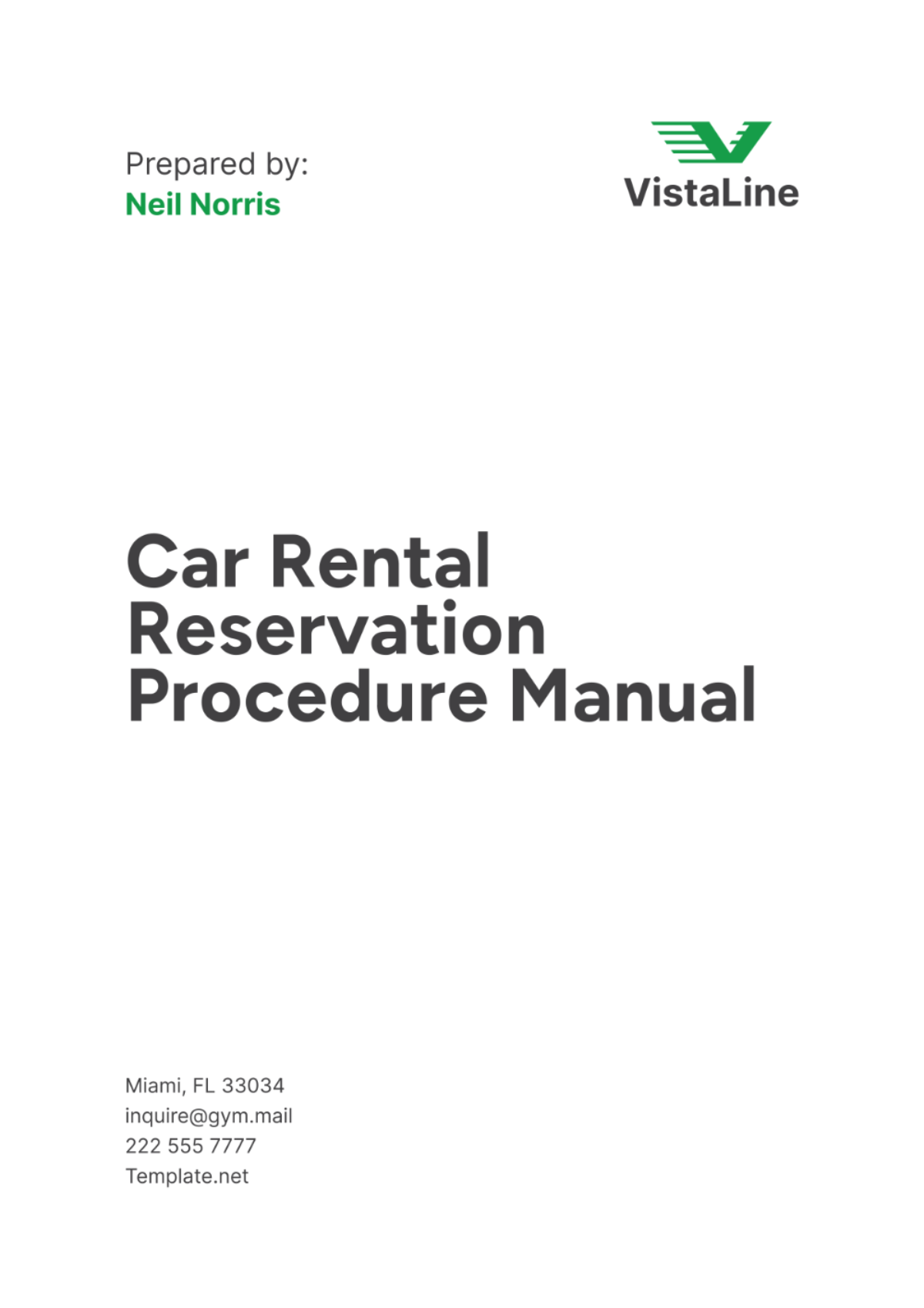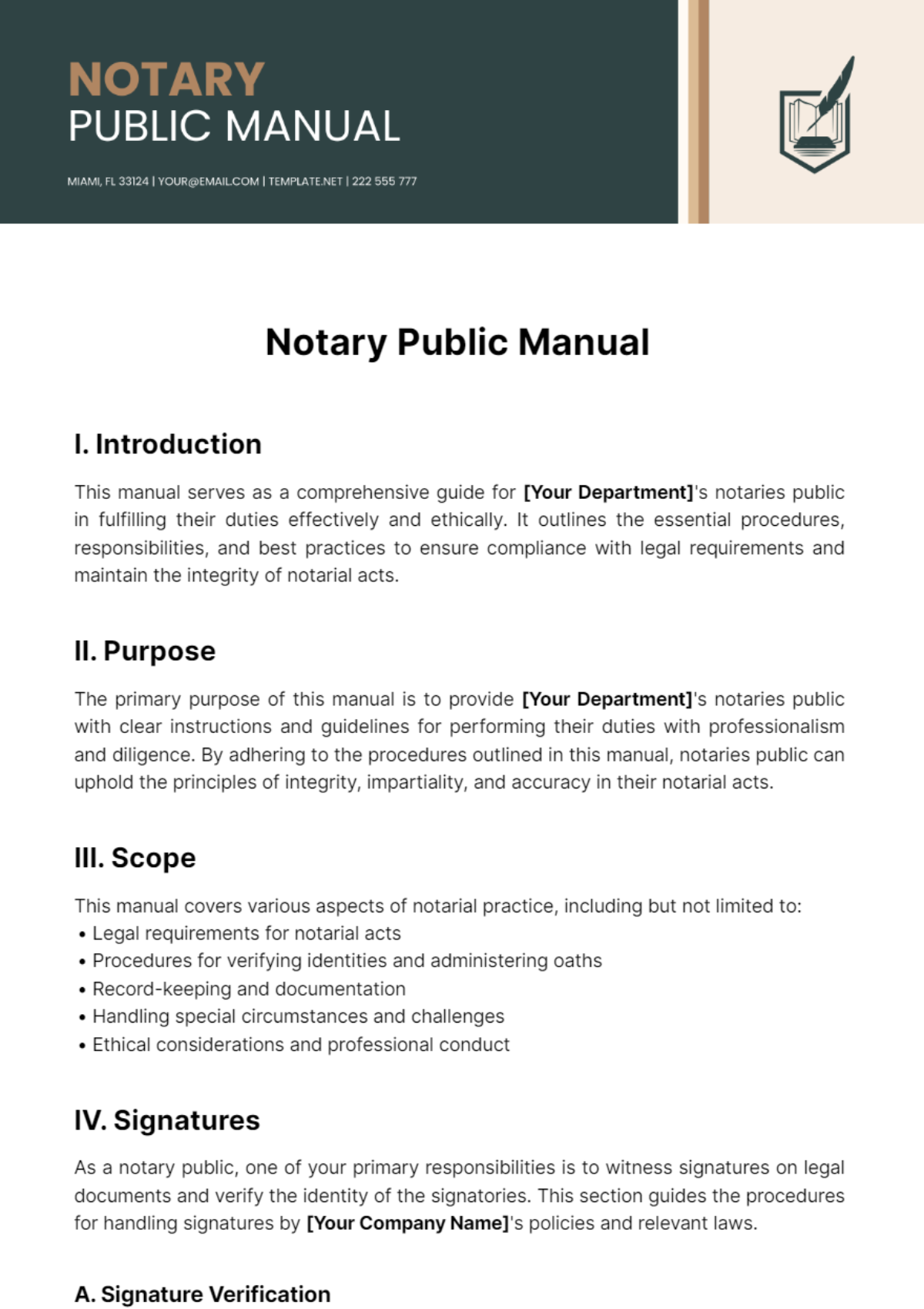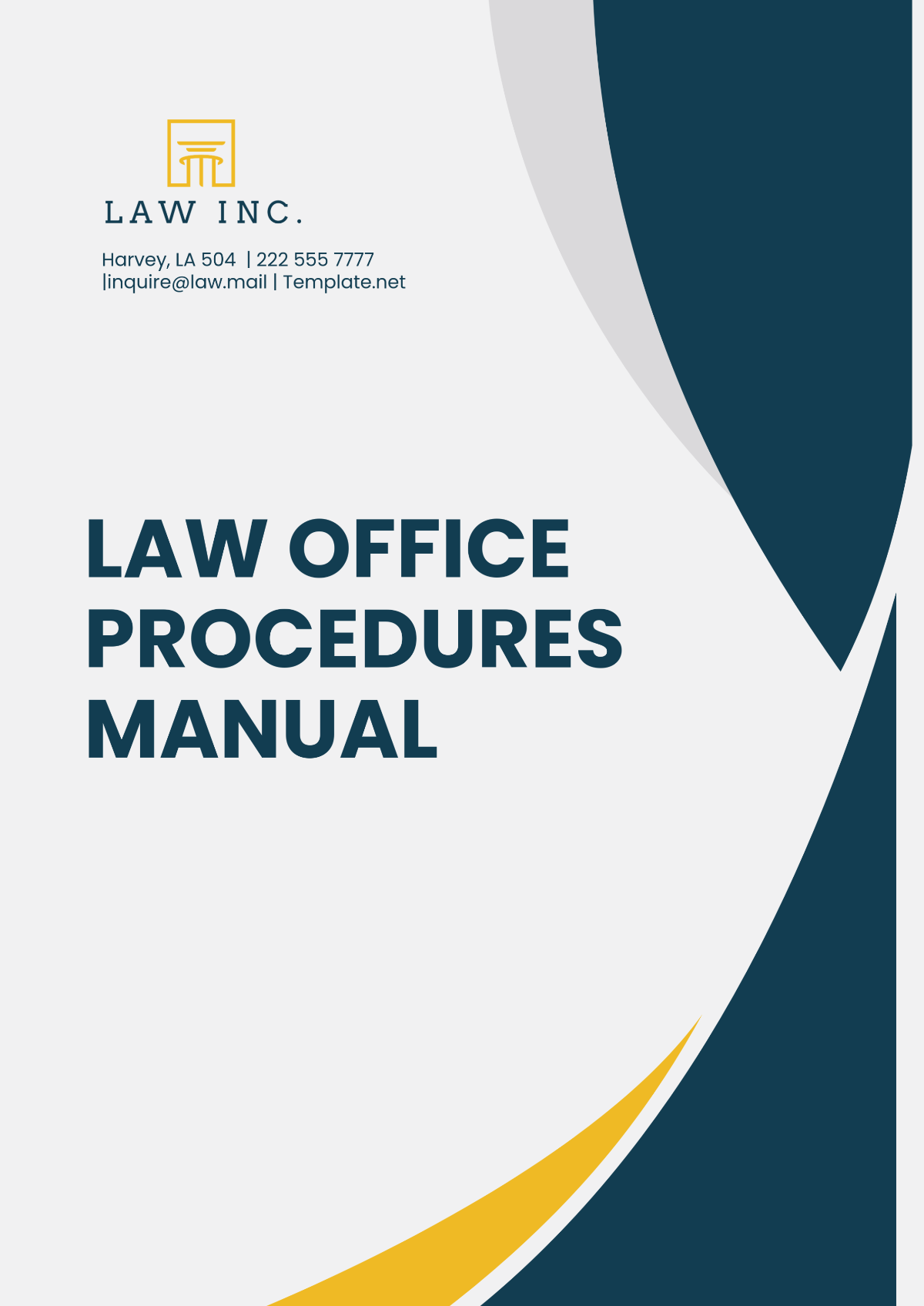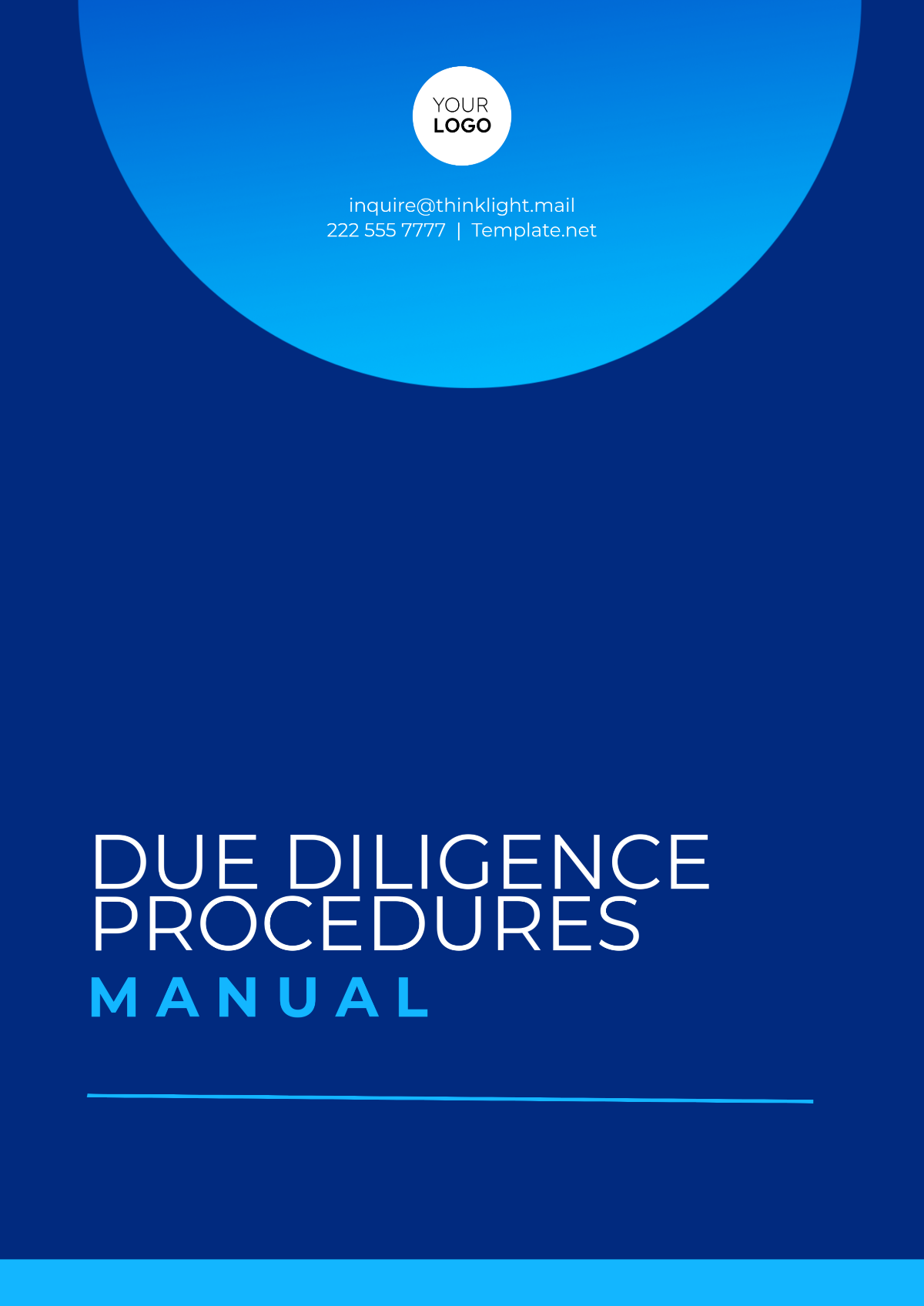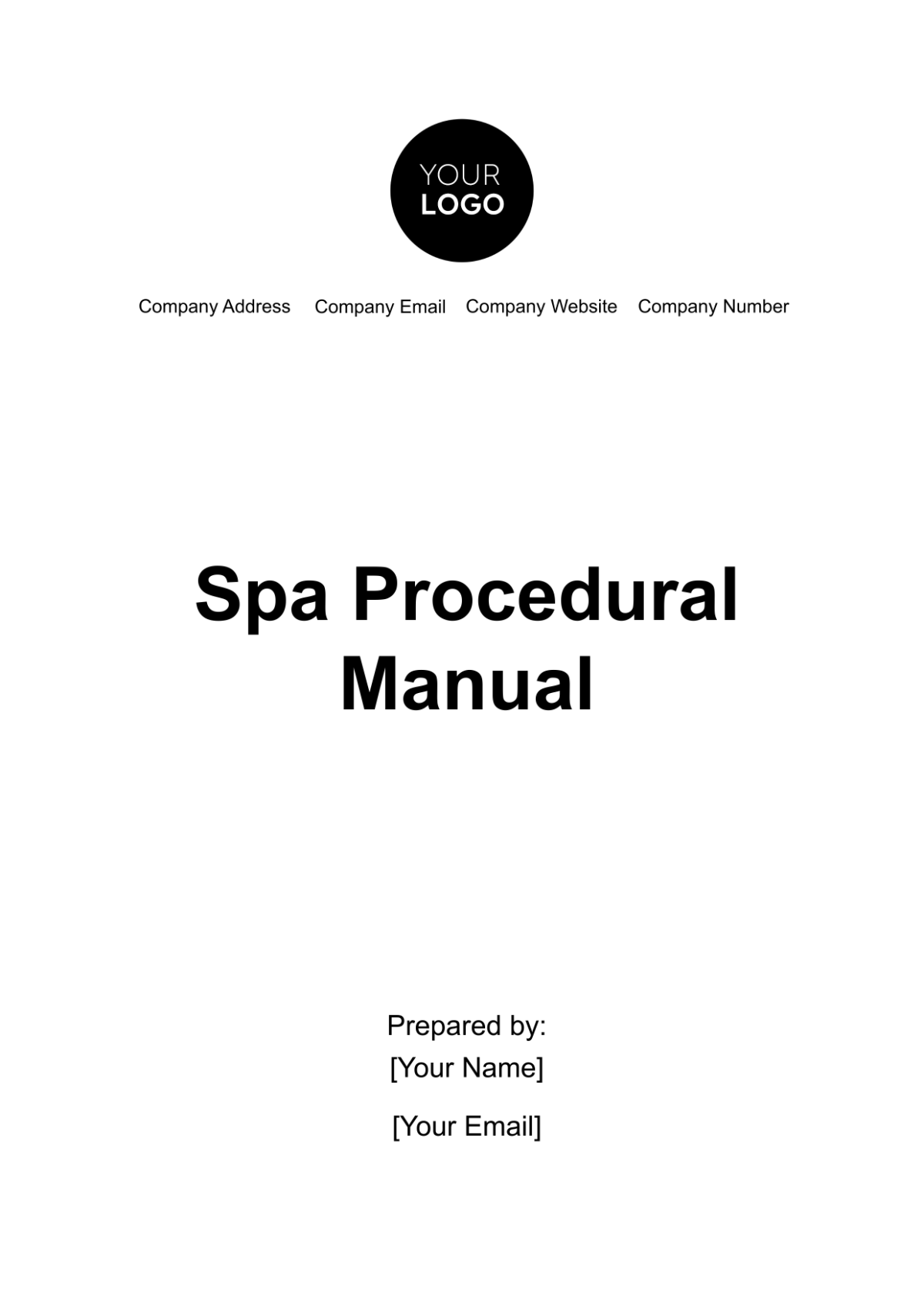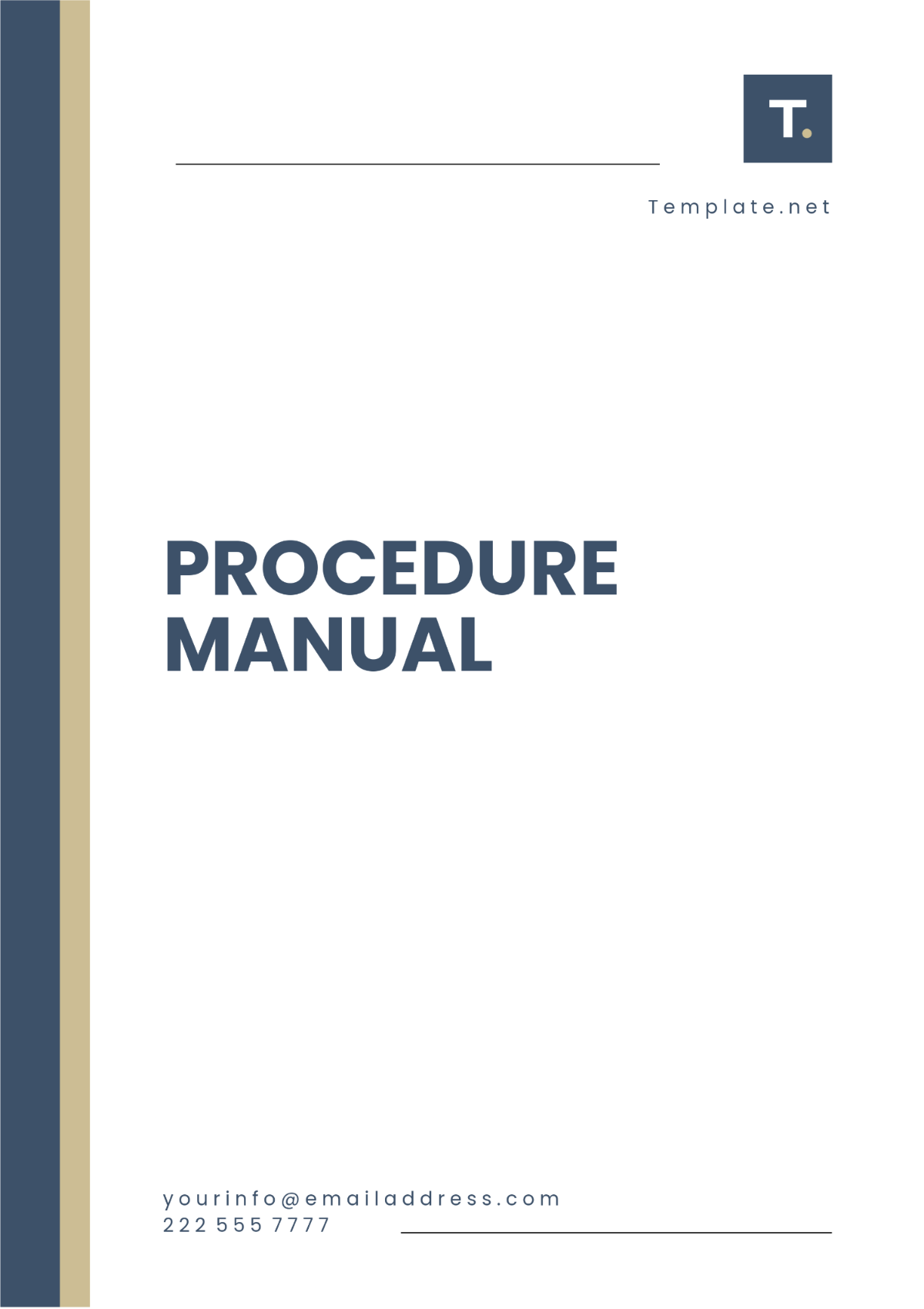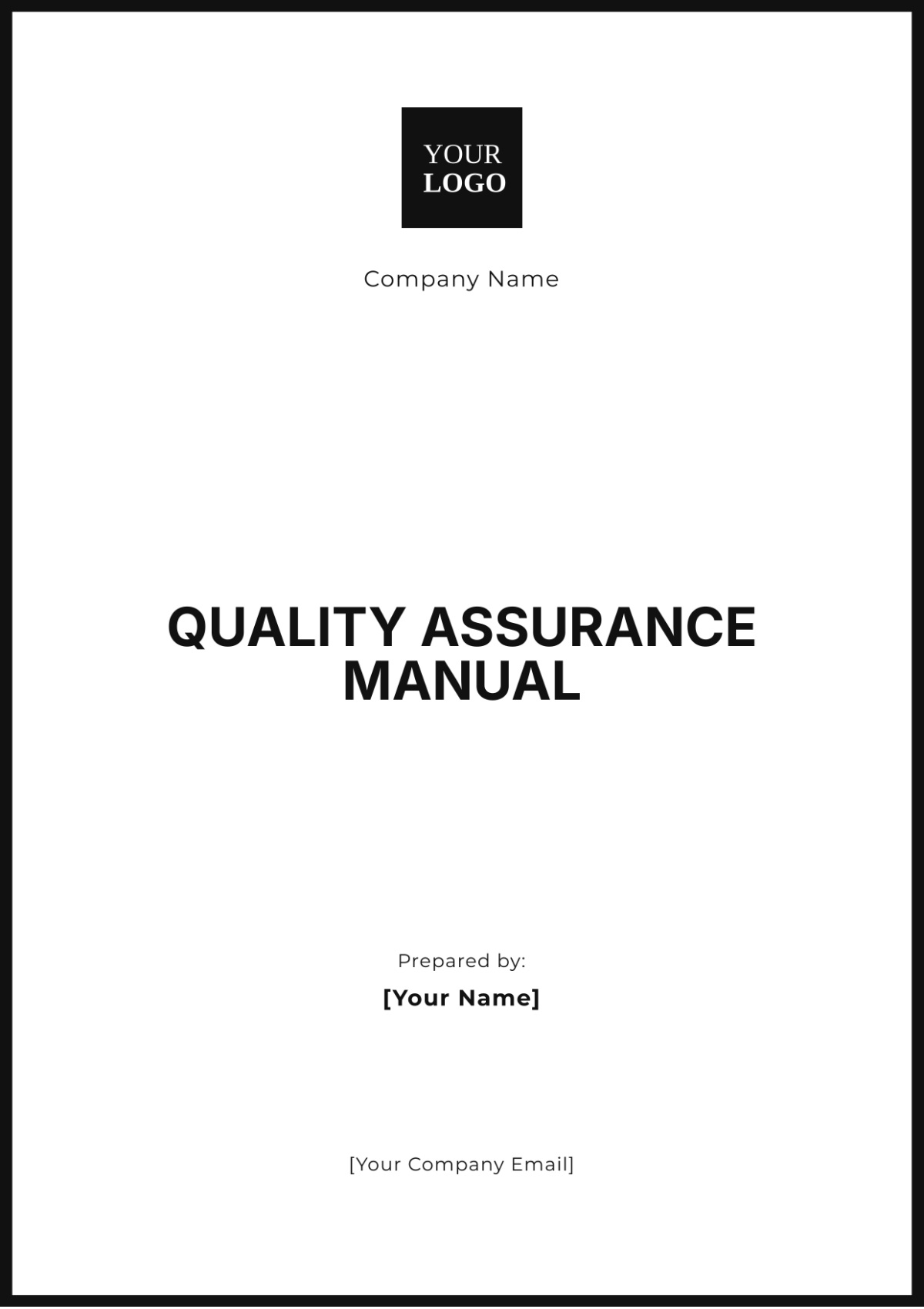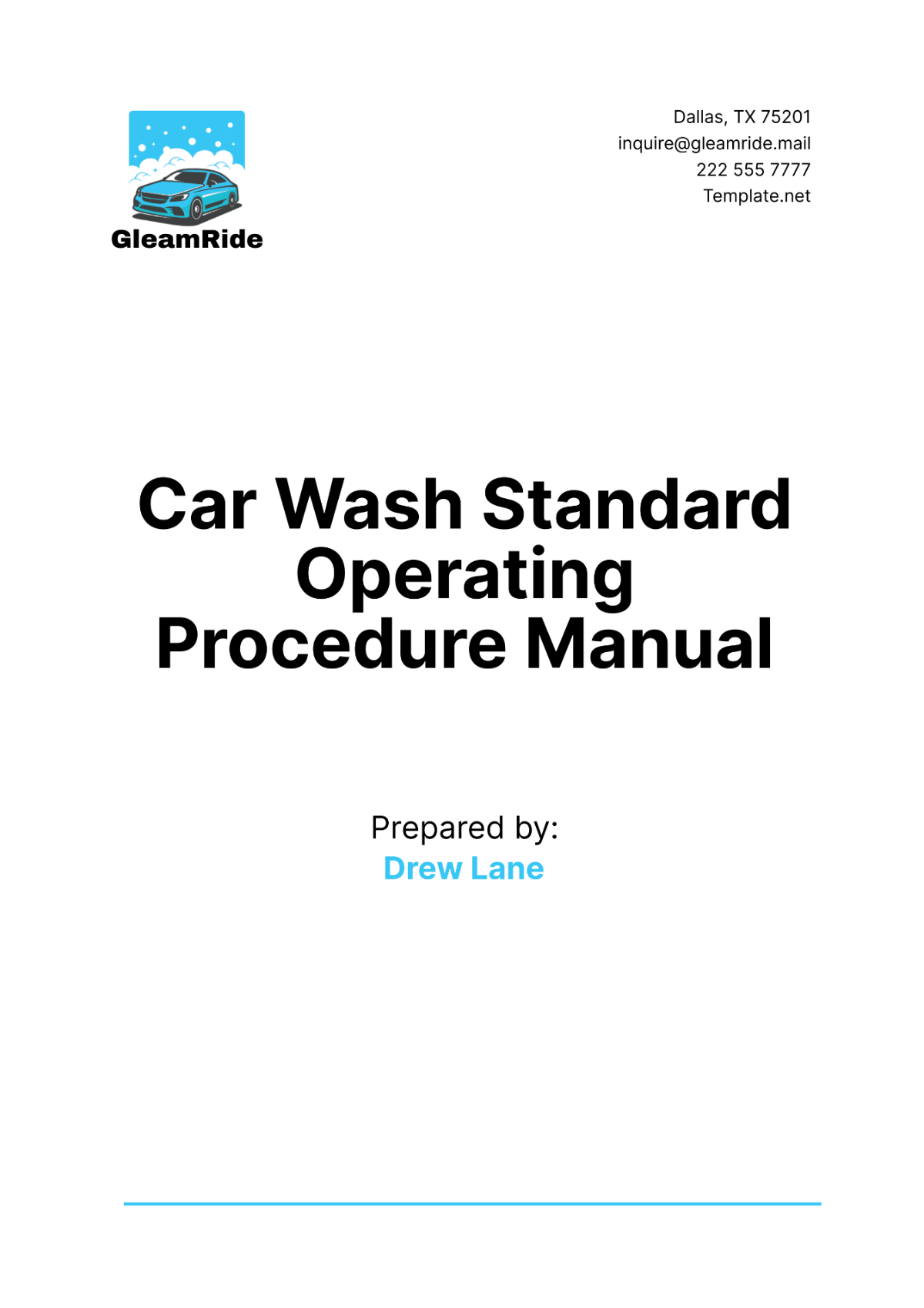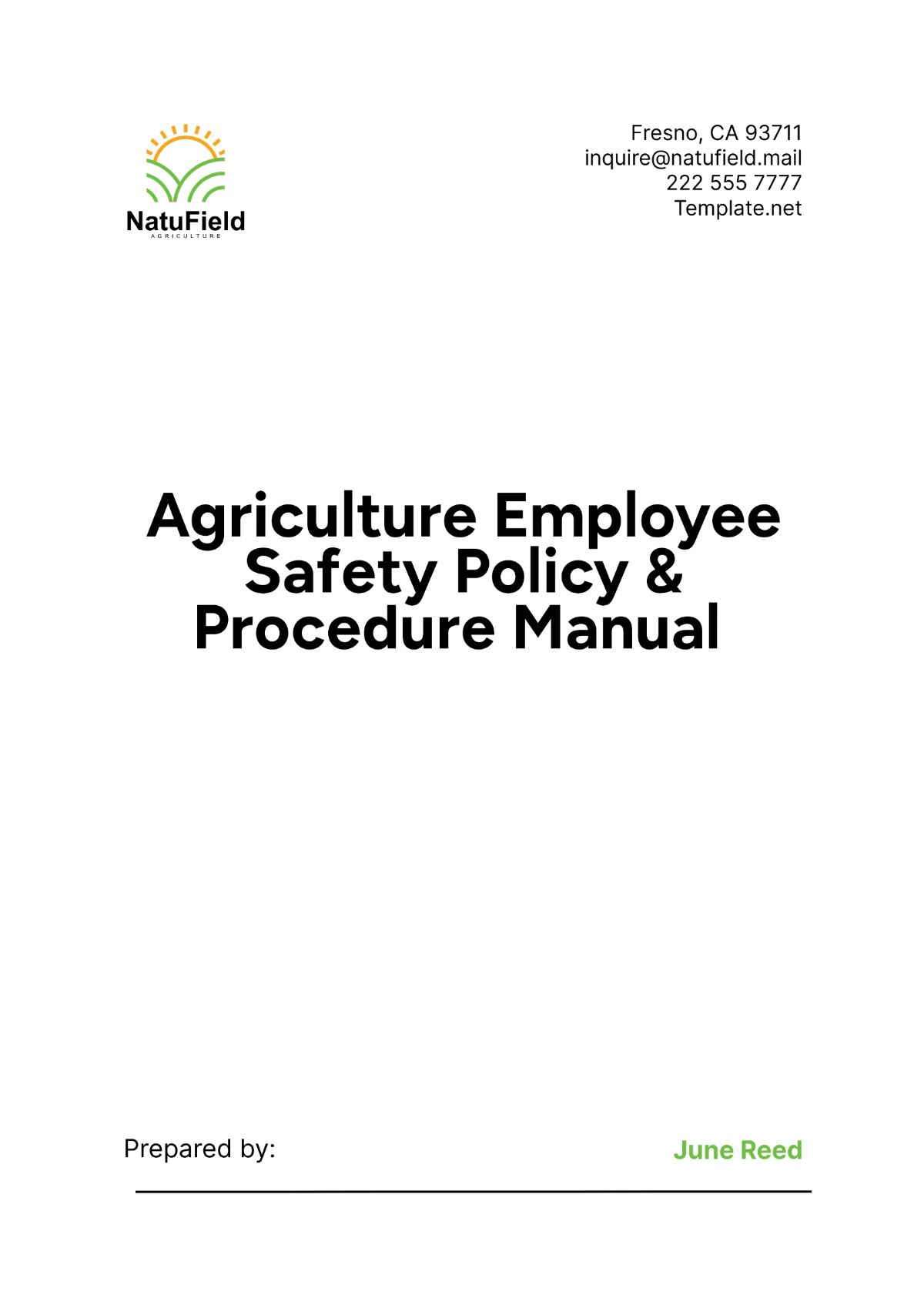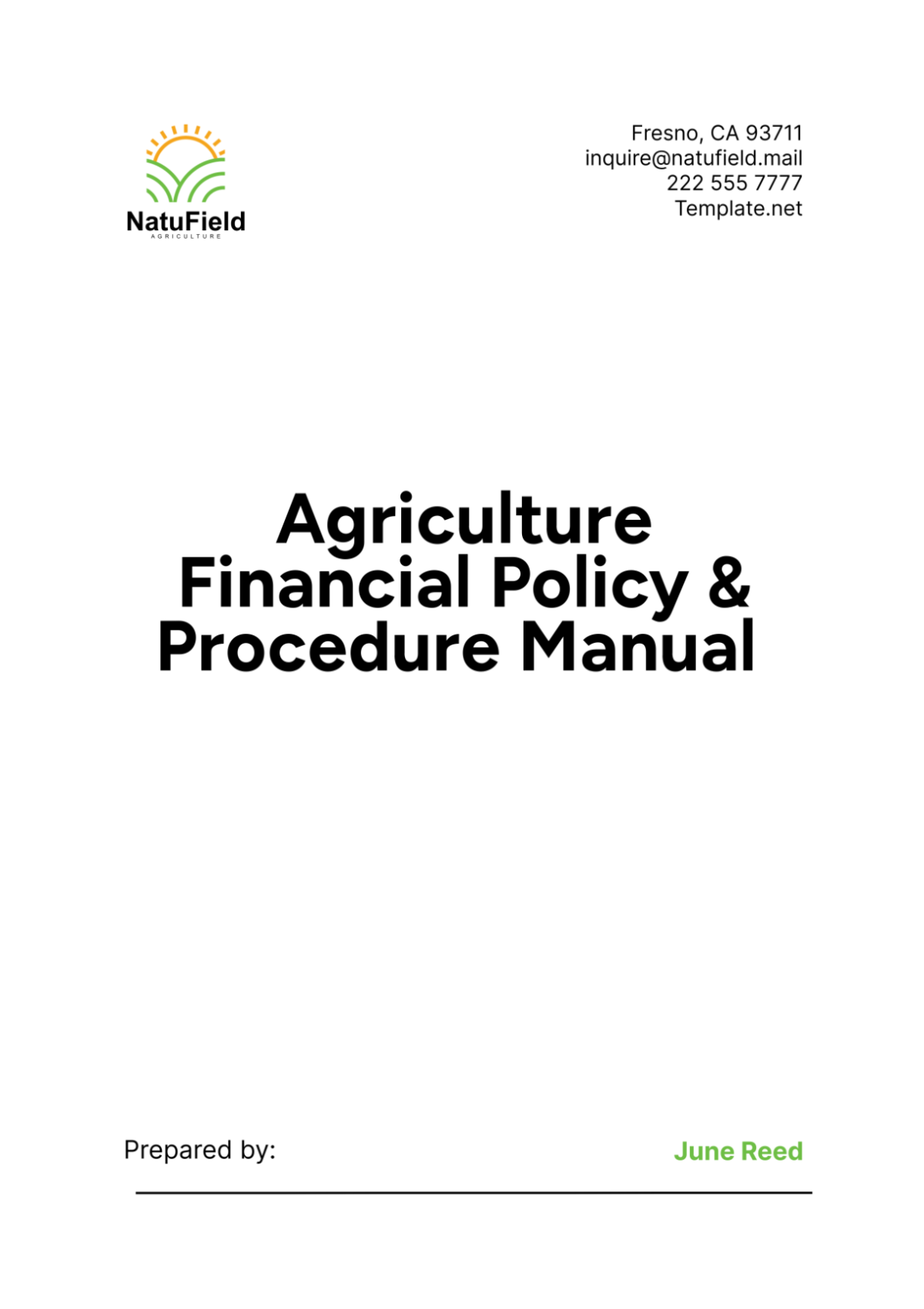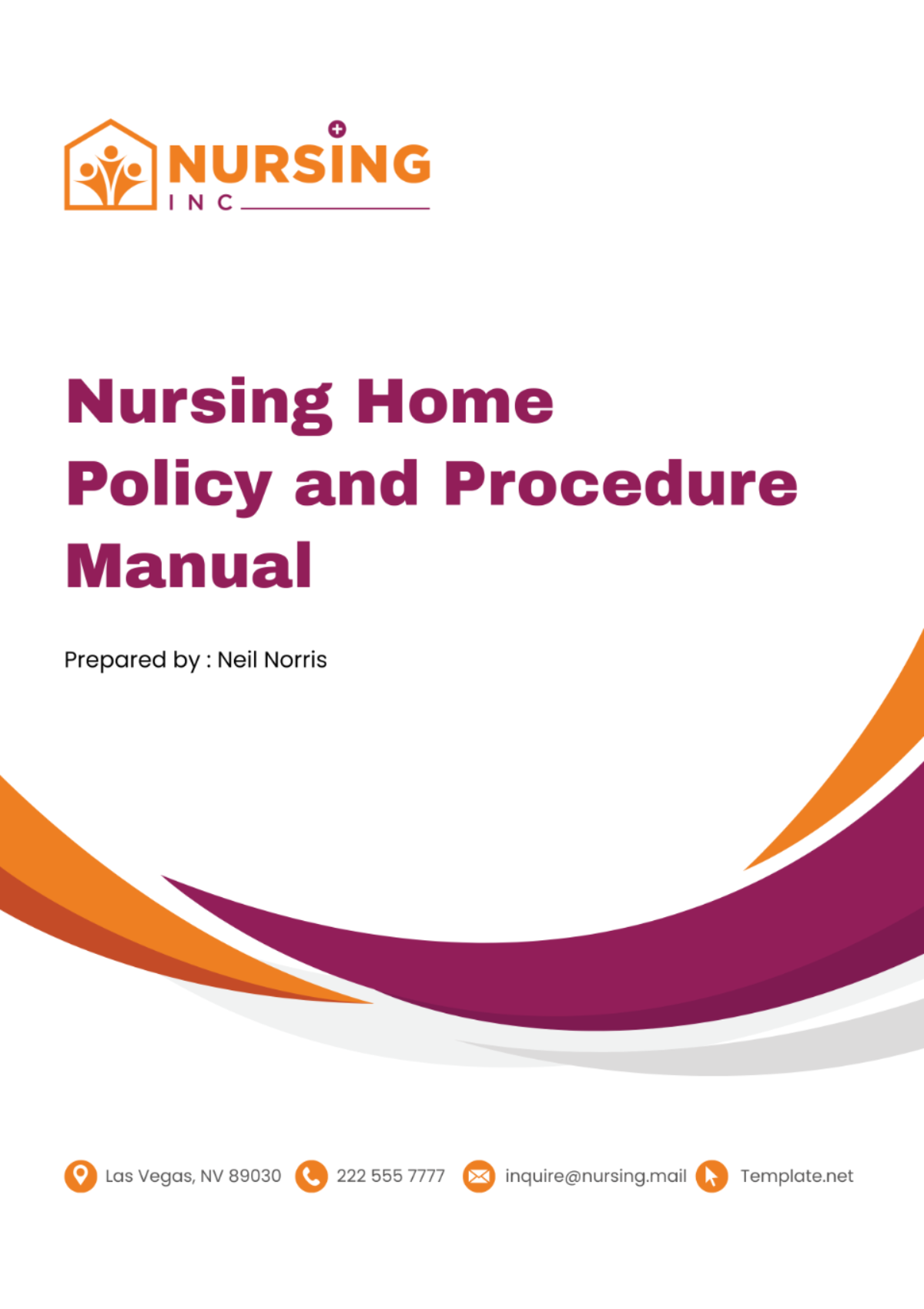Blank Audit Procedure Manual
Prepared by:
Date:
I. Introduction
This section provides an overview of the audit procedure manual, including the purpose, scope, and intended use. It explains the importance of standardized auditing processes to ensure compliance, accuracy, and consistency in evaluating an organization’s operations and practices.
II. Objectives and Scope
Define the purpose and specific goals of the audit, including what the audit aims to achieve. Detail the scope, specifying the areas, departments, or processes to be audited. Outline the boundaries of the audit to maintain focus and relevance.
III. Roles and Responsibilities
This section describes the roles of the audit team members, stakeholders, and any third parties involved in the audit process. Include job titles, tasks, and accountability for each person or role, ensuring clear lines of responsibility.
IV. Audit Procedures
Provide detailed, step-by-step instructions on the auditing procedures. This includes methods for gathering data, interviewing relevant personnel, evaluating compliance, and identifying risks. Include procedures for testing, verification, and documentation to ensure a thorough and systematic approach.
V. Documentation and Reporting
Outline the requirements for recording and documenting findings, including templates or formats for consistency. Describe the process for preparing audit reports, including the format, content, and frequency. Highlight any confidentiality or security requirements for handling audit information.
VI. Compliance and Standards
List the regulations, guidelines, and standards relevant to the audit, such as industry standards, company policies, or legal requirements. Provide references to these standards to ensure auditors have a clear understanding of the compliance framework.
VII. Review and Approval Process
Explain the process for reviewing and approving audit findings. This includes procedures for management review, follow-up actions, and final approval steps. Describe how audit conclusions are shared with relevant departments and stakeholders and any necessary actions post-audit.
VIII. Appendices
Include additional resources, such as sample forms, checklists, flowcharts, or other supporting documents. These appendices provide extra context or resources that may assist auditors during the audit process.












